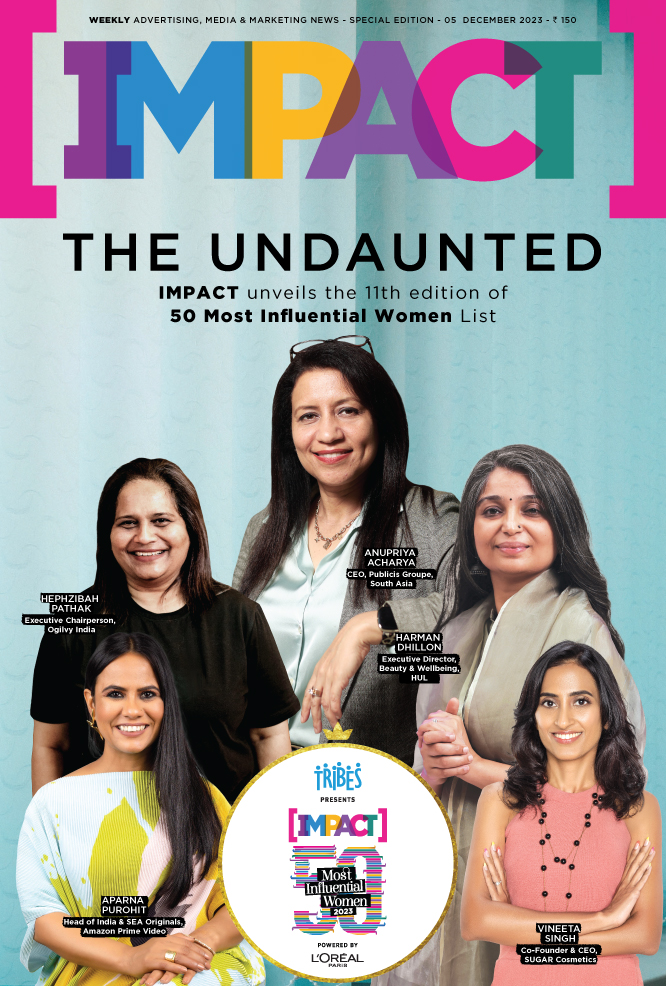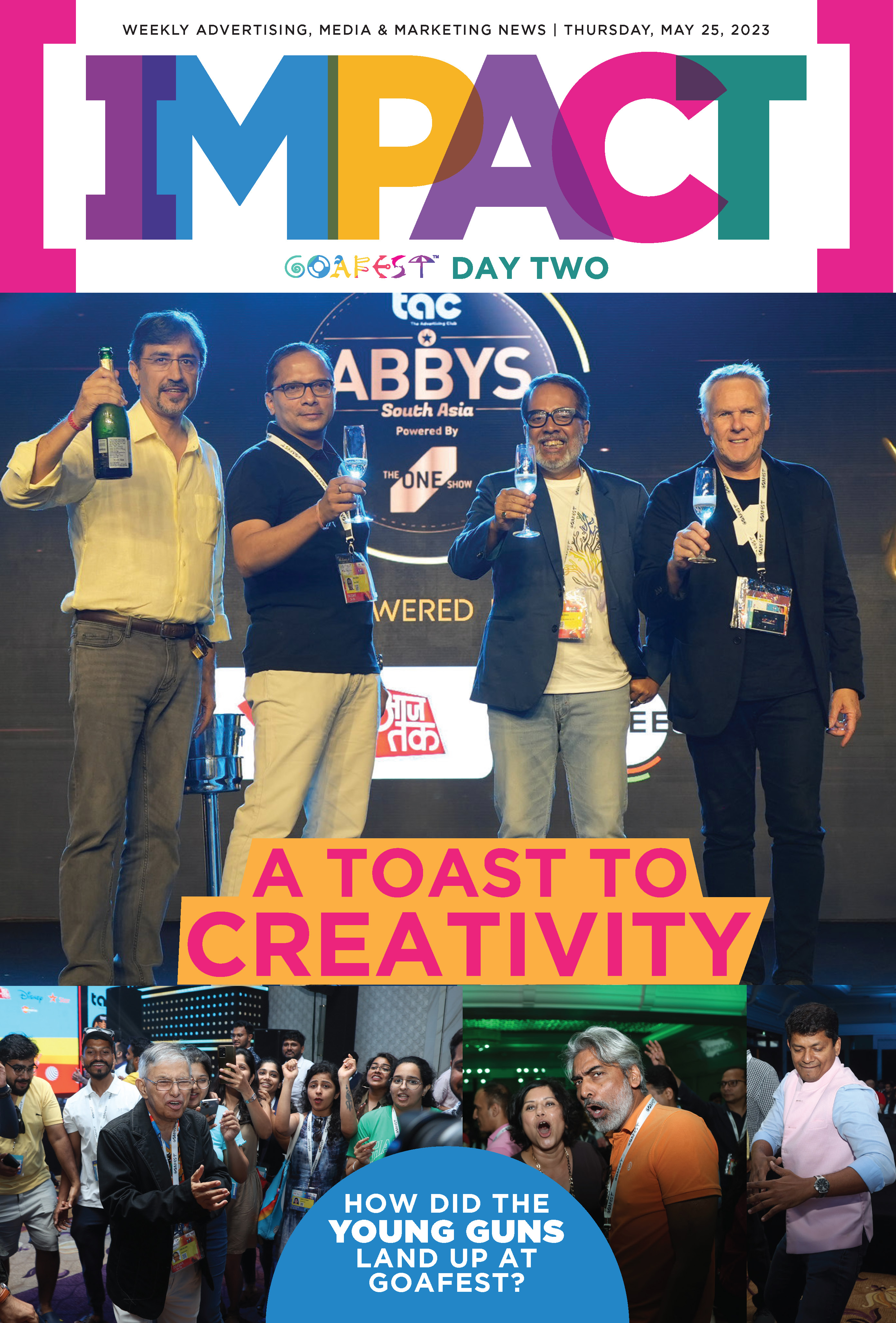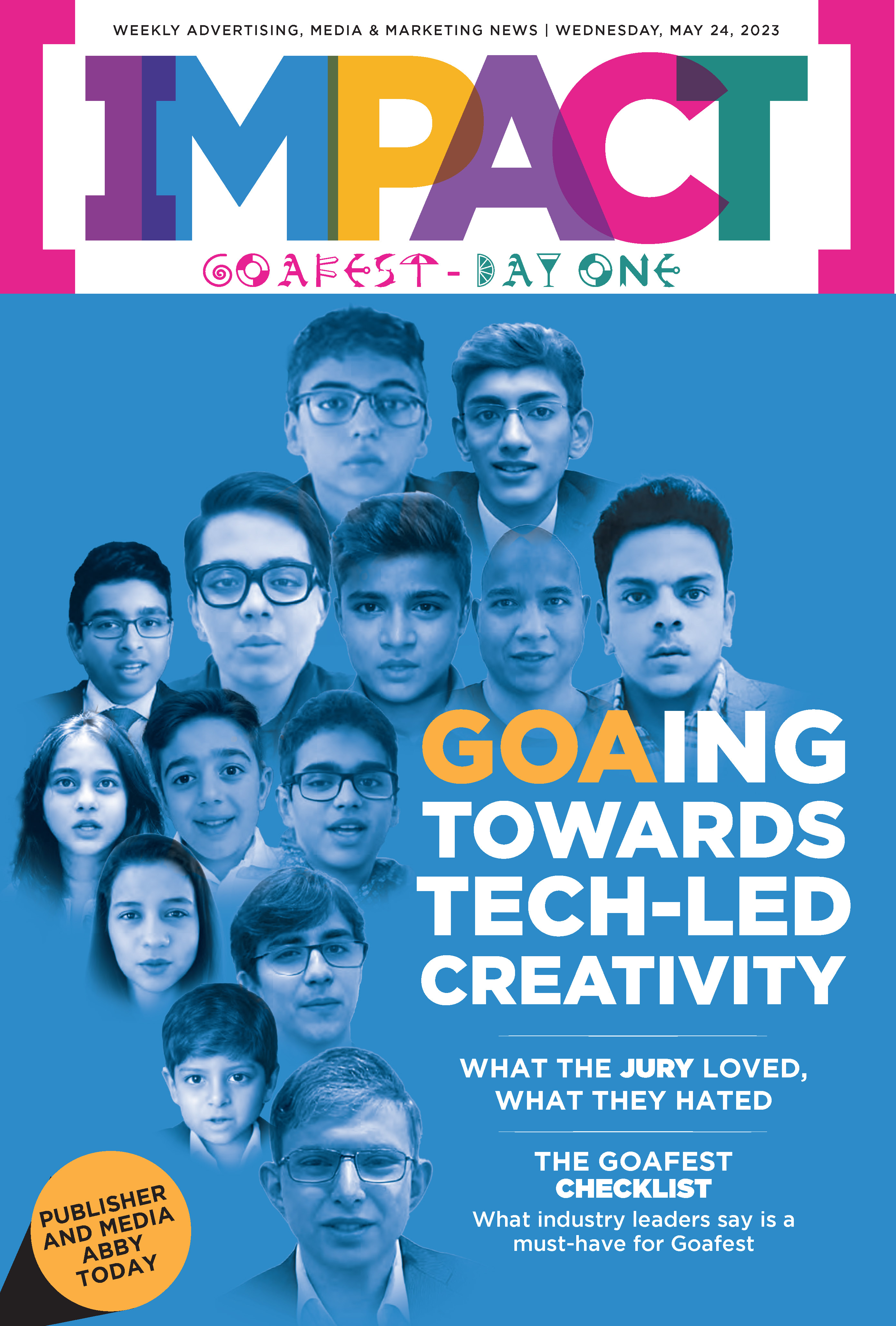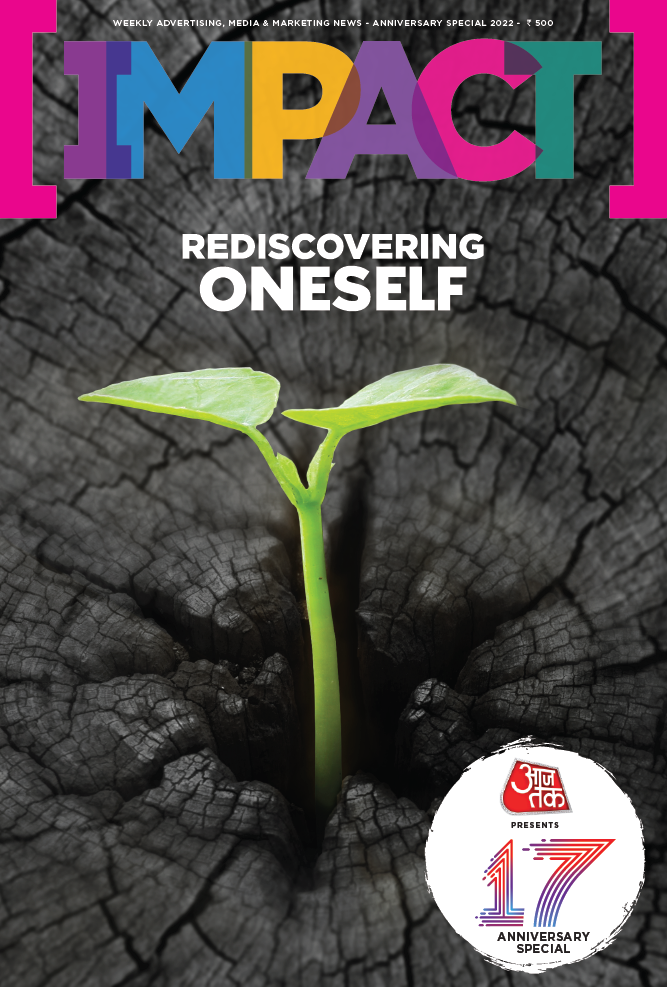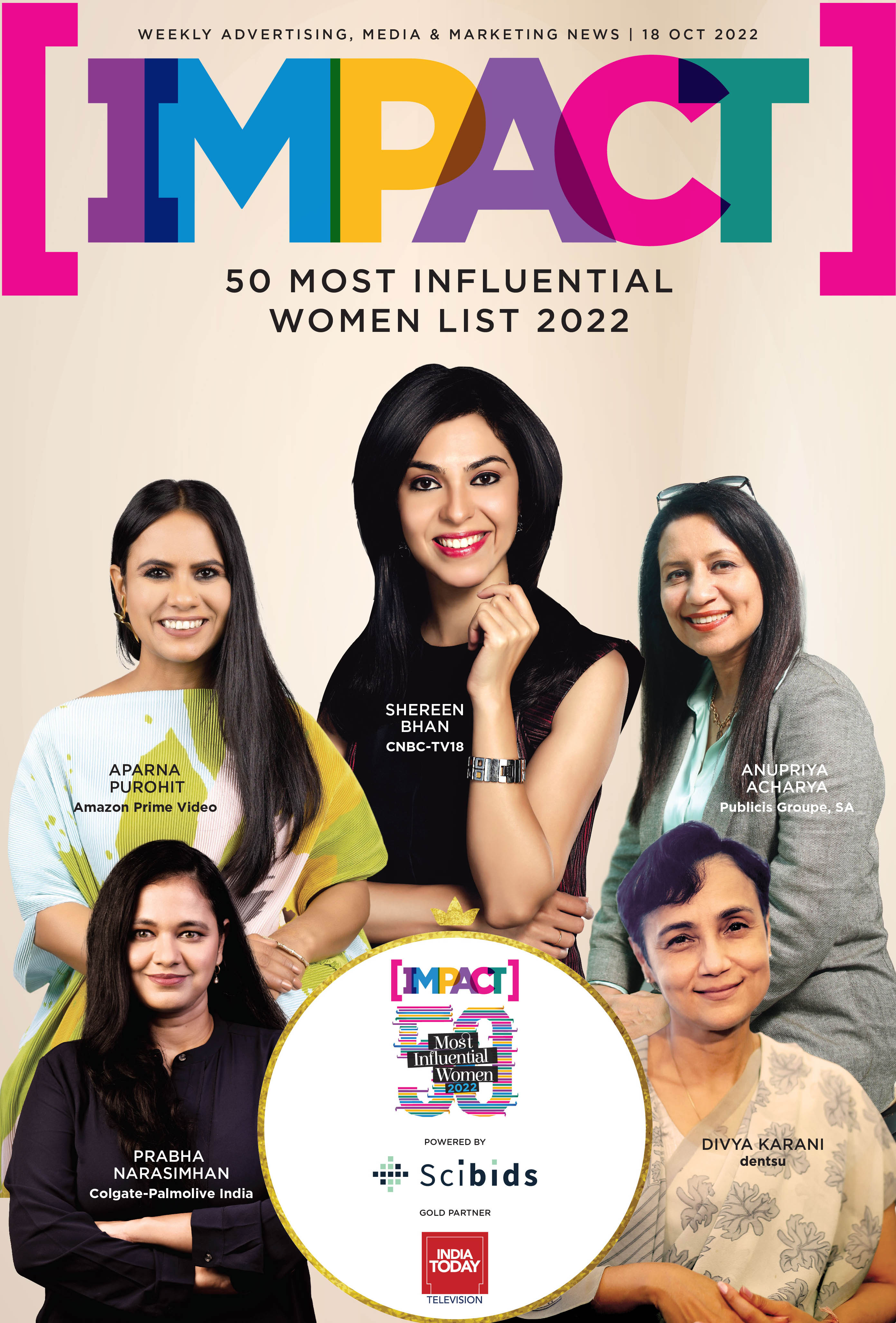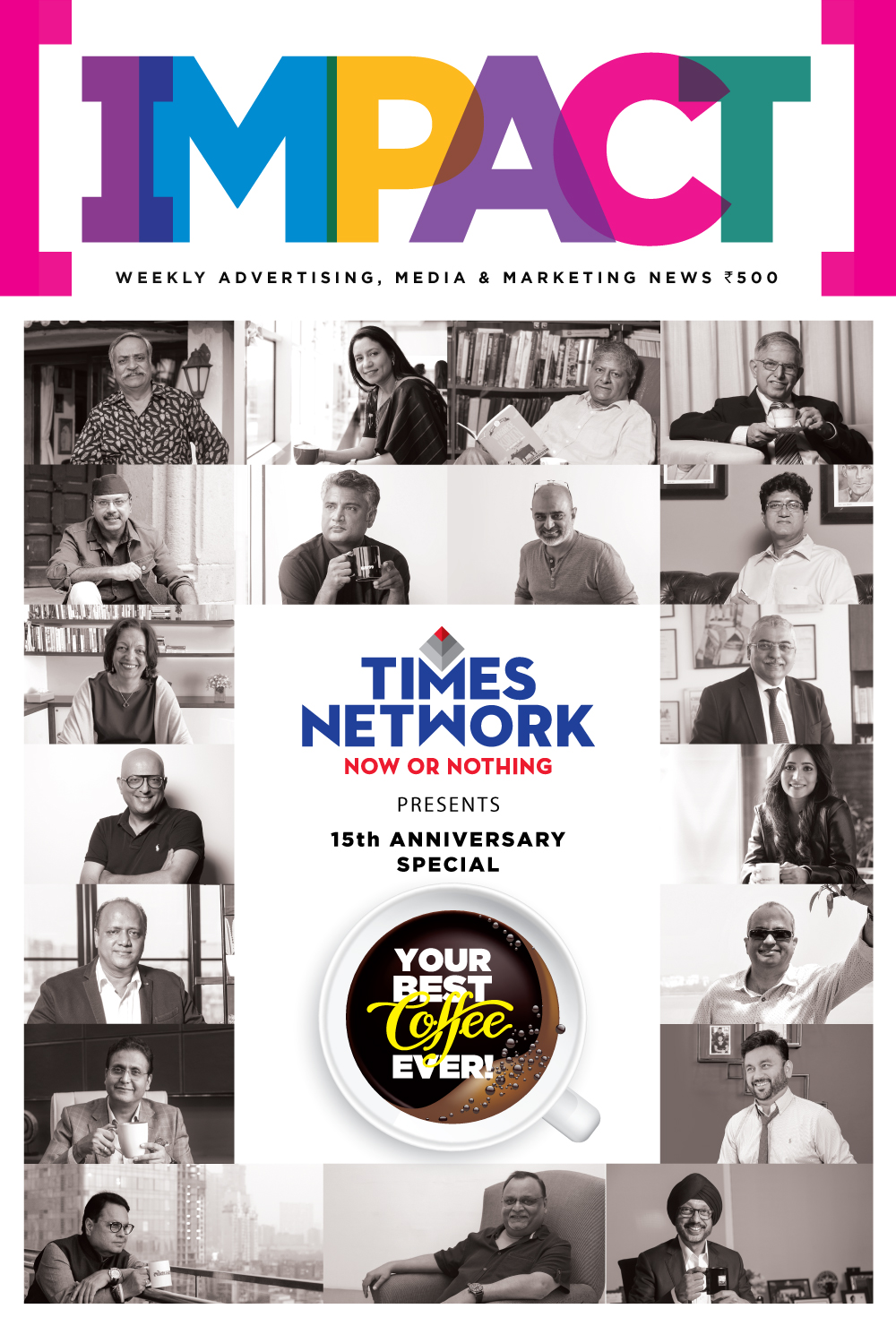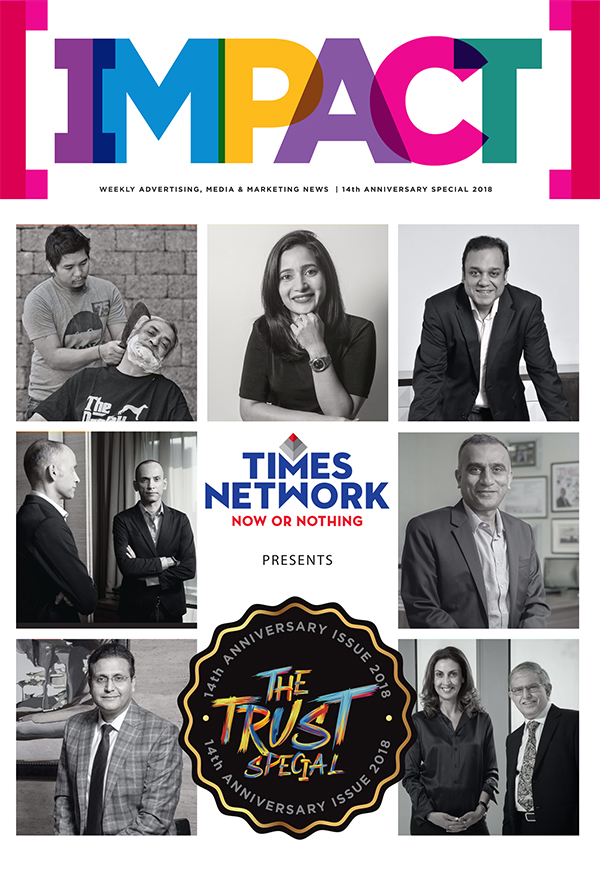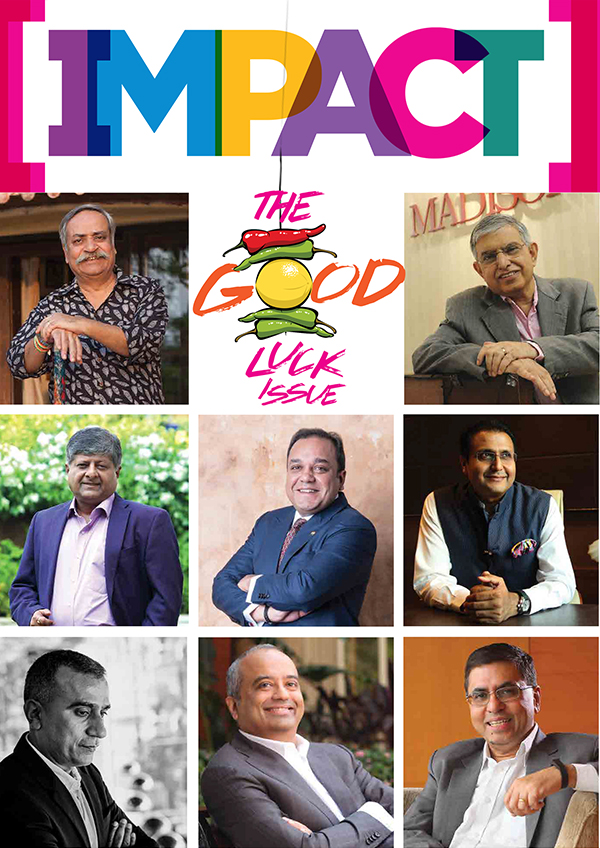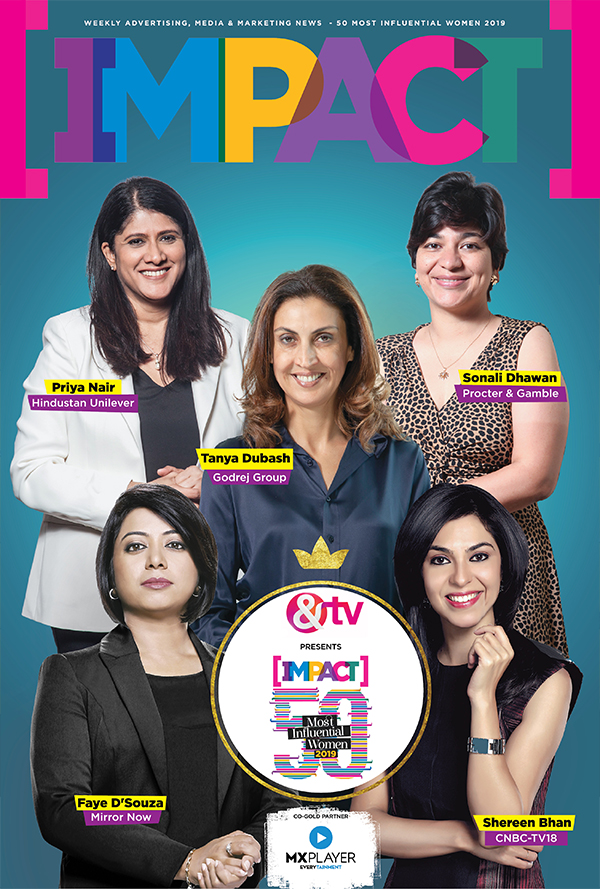In today’s dynamic marketplace, every individual is a consumer—whether you're choosing your food, mattress, car, or entertainment. This has reshaped how brands communicate, creating an urgent need for content that is not just visible, but deeply resonant. At the heart of this evolution lies the undeniable power of creativity.
For me, creativity has never existed in isolation; it's the very foundation on which I’ve built everything. From directing films to co-founding companies like Chrome Pictures, Minikin DGWorks, Crimsen Tales, and Planet Chrome, my journey has been about merging imagination with execution. This balance of vision and enterprise allows creative thinking to scale into meaningful, impactful businesses.
Why Creativity Matters More Than Ever
In today’s consumer landscape, creativity in branding is no longer optional; it is essential. It’s the emotional pull of a creative idea that separates a memorable brand from a forgettable one. A creatively expressed idea doesn’t just sell a product—it embeds it in culture. For example, we’ve all referred to biscuits as Parle-G; that’s not just top-of-mind recall, it’s deep-rooted brand association.
This kind of impact isn't just the result of repetitive advertising. It's acquired through the power of storytelling—making a product feel personal, as if it was made just for you. That’s when creativity truly becomes commerce.
Even at Chrome Pictures, our parent company, our core belief has been that films must breathe, move, and live beyond the screen.
Innovative Content as the Game-Changer
Innovation in content is now the currency of attention. Today, a product could be embedded in a podcast, gifted in a YouTube unboxing video, or dramatized in a creator’s Instagram reel. Every format is an opportunity—and innovation lies in using each one in a fresh, surprising way.
As media consumption patterns evolved, Amit, Hemant, and I realized the need for a nimble, digital-first approach to storytelling. That’s how Minikin DGWorks—the digital wing from the house of Chrome Pictures—was born. It’s a creative playground designed for this dynamic content economy.
The most impactful content today meets consumers where they are—not just physically, but emotionally. It doesn't interrupt their experience; it enhances it.
Bridging Creativity with Business Goals
The sweet spot lies at the intersection of heart and brief. Today, branded content must entertain, inform, and sell all at once. Because creativity not only captures attention—it impacts behavior. The goal isn’t just visibility—it’s influence.
Great branded content becomes instinctual. Think of Bisleri and water. Or KitKat and taking a break. These aren’t just ads. They’re associations, forged by consistent, strategic storytelling.
When directing a film, this balance of craft and commerce is what we strive for. Whether it's an emotional narrative or a high-concept campaign, it only works when the heart and the brief are in sync.
Technology: Expanding the Canvas of Creativity
Technology—particularly AI—is transforming how content is conceptualized, produced, and distributed. From data-driven storytelling to hyperreal car commercials or perfectly lit food shots, AI is streamlining execution and enhancing precision.
Yet, a boundary AI is unlikely to cross is the human connection—the emotional core. Whether in storytelling, hospitality, or entertainment, this domain remains uniquely ours. The feeling a piece of content evokes can’t be fully outsourced.
At Minikin, we blend instinct with intelligence. Because while AI can light the frame, only a human can strike the chord. Precision is powerful—but emotion is irreplaceable.
The Brand as Storyteller and Community Builder
Modern consumers don’t want to be marketed at—they want to be engaged with. Personalization has transformed how content is crafted. Tailoring stories to individual preferences, cultural contexts, or regional sentiments makes consumers feel seen and valued.
This means moving beyond demographics into psychographics. Knowing not just who your audience is, but how they think, what they feel, and what matters to them. That’s when content shifts from being a broadcast to a conversation—from a campaign to a community.
In this era of fragmented attention, brands are not just products; they are characters in a larger narrative. The most successful ones aren’t just selling; they’re telling stories. They’re not just advertising; they’re building communities.
Because when consumers believe a product understands them, they don’t just buy it—they belong to it.












